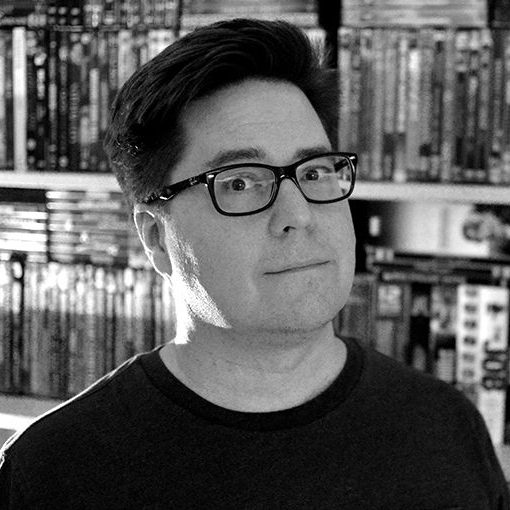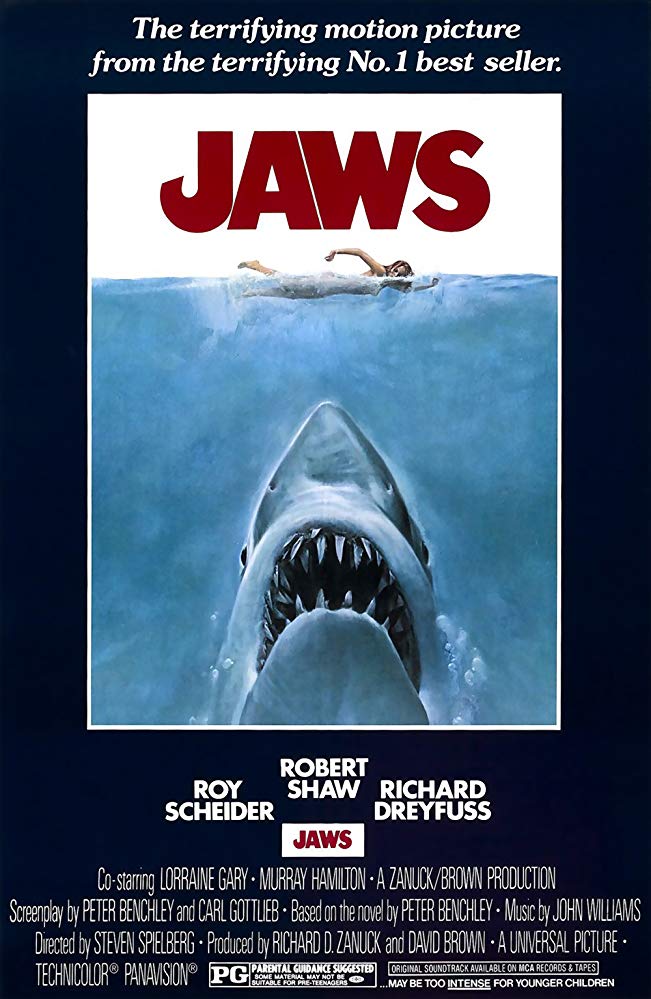When “Jaws” arrived in theaters, the world was a different place. And most of the ways it has changed, at least cinema-wise, are thanks to “Jaws” itself.
Consider this: The all-time box-office champ before “Jaws” was “The Godfather,” which had knocked “The Sound of Music” out of the top spot, which in turn had knocked “Gone With the Wind” out of first place. All three of those movies were prestige releases, making their debuts in big city theaters before, bit by bit, week by week, month by month, they found their way into movie houses in smaller towns across the country.
But that’s not what happened with “Jaws.” It made its debut all at once, on June 20, 1075, on more than 450 screens. That may be a tiny number in 2019, but it changed the game in the mid 1970s, encouraging studios to chase those opening box office numbers. Two years later, a relatively obscure science fiction movie would follow the example of “Jaws,” and the movie world would never be the same.
For this reason, some critics blame “Jaws” for ending the Hollywood renaissance of the ‘70s, causing studios to abandon challenging films like, say, “Taxi Driver” in favor of money machines like, say, “Jaws 2.” But when you actually sit down and watch the movie itself, that theory doesn’t track. “Jaws” might have birthed the blockbuster era, but it sure doesn’t feel like one.
For the most part, “Jaws” is a semi-serious character drama, with Sheriff Brody (Roy Scheider) trying to deal with a series of shark attacks at the beach town he patrols. And at first, actually finding the shark is a much lower priority than convincing the tourist-minded mayor to close that beach. When Brody and two shark experts, crusty Quint (Robert Shaw) and brainy Hooper (Richard Dreyfuss) finally head out to kill the beast, their expedition isn’t exactly action-packed. The most memorable scene in the movie — and hell, in all of 1970s cinema — is just three guys, sitting around a table, swapping stories of their scars.
And, because the fake shark legendarily wouldn’t cooperate, director Steven Spielberg (helming only his second theatrical film) was forced to go Hitchcock, relying on mood, suggestion and — best of all — John Williams’ ominous score to scare his audience. It worked beautifully, partly thanks to Spielberg’s skill and partly because the movie takes so much time crafting its characters that you can’t help but care when they’re put in danger.
If all blockbusters had followed “Jaws” example more closely, the world — at least cinema-wise, would be a far better place.

